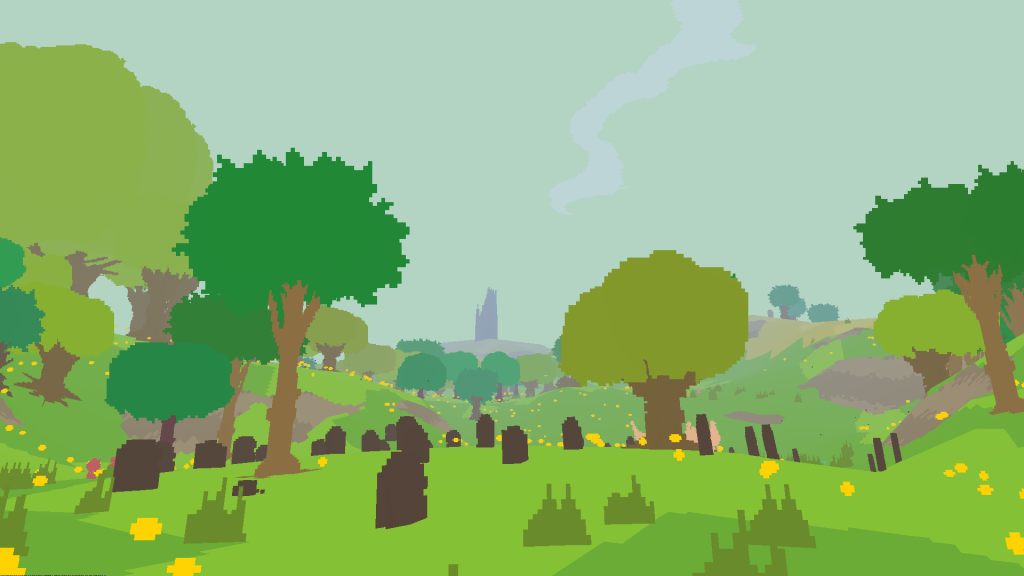
The Urban dictionary definition for walking simulator:
A walking simulator is a type of video game which lacks many of the traditional aspects of a game (such as a goal, win/loss conditions, any kind of game system to interact with) despite taking the form of a video game. The phrase implies that there is basically nothing to do in the game other than walking around.
A: I sent you a new game on Steam, check it out.
B: Gone Home? That’s not even a game, it’s a walking simulator.
Originally a derogatory term, it has been reclaimed by critics and authors to describe a genre emerged after the success of titles like Dear Esther, Gone Home and the Stanley Parable, facilitated by the existence of powerful and accessible games engines like Unity and by the revival of VR technologies.
Walking simulators often employ environmental storytelling: the game environment, its ecology and its objects are the main a narrative devices, as opposed to traditional exposition.
This is how this assignment is structured:
1. Homeplay – by Wednesday 14th:
Play these influential walking simulators
2. Readings – by Wednesday 14th:
Read the following texts and post a page-long response in the blog/student area, either expanding on the readings or applying these insights to a game you know.
Walking simulators (Notgames) as reappropriation of game technologies and refusal of simplistic objective oriented tasks (2010) – also see: notgame manifesto
Walking simulators as works concerned with world building
Walking simulator as secret box puzzles
What happened here? Talk on Environmental storytelling
4. Homeplay II – by Wednesday 21th:
Play a smaller free (or pay what you want) exploration game of your choice among these:
Warpdoor
RPS
5. Tech test – by Wednesday 21th:
Starting from the example presented in class, create one explorable room/environment employing some minimal environmental storytelling and a Unity “trick” we didn’t cover in class. You’ll be presenting the environment and the “trick” you used in class.
The goals are to familiarize with the pipeline and figure out the amount of narrative vs visual polish, abstraction vs realism, you are more comfortable with.
6. Project pitch – by Monday 26th
Bring 2 ideas in class for a walking simulator scoped to be implemented in 2 weeks.
Some issues to consider:
Desert world trope: autonomous agents, NPCs, AIs, and dynamic environments are just too hard to implement. Figure out a narrative “excuse” for an environment without other humans and consider turning it into the main plot/mystery device.
E.g.: it’s a dream, rapture happened, parents are on vacation, desert island, only person in a space station, everybody died, metaphysical space, you are lost, etc.
Indirect storytelling: how can you tell a story (presumably the story of the people who aren’t there because they are too hard to implement) without linear exposition?
E.g.: objects, recorded sound bits, written notes, interior monologues, object-related flashbacks, etc.
Invisible Walls: you won’t have the time to create huge environments. Consider a world that is inherently self contained, whose boundaries are narratively reasonable.
E.g.: island, ship, moon base, prison, a camp in Antartica, metaphysical/surreal, house in the woods during a storm.
Style: how can you make something beautiful and unique without the budget, time, and experience of a game company? How can you make your style work with your game narrative/world?
e.g.: low-poly, 2.5D, voxels, no textures, minimalist environments, etc.